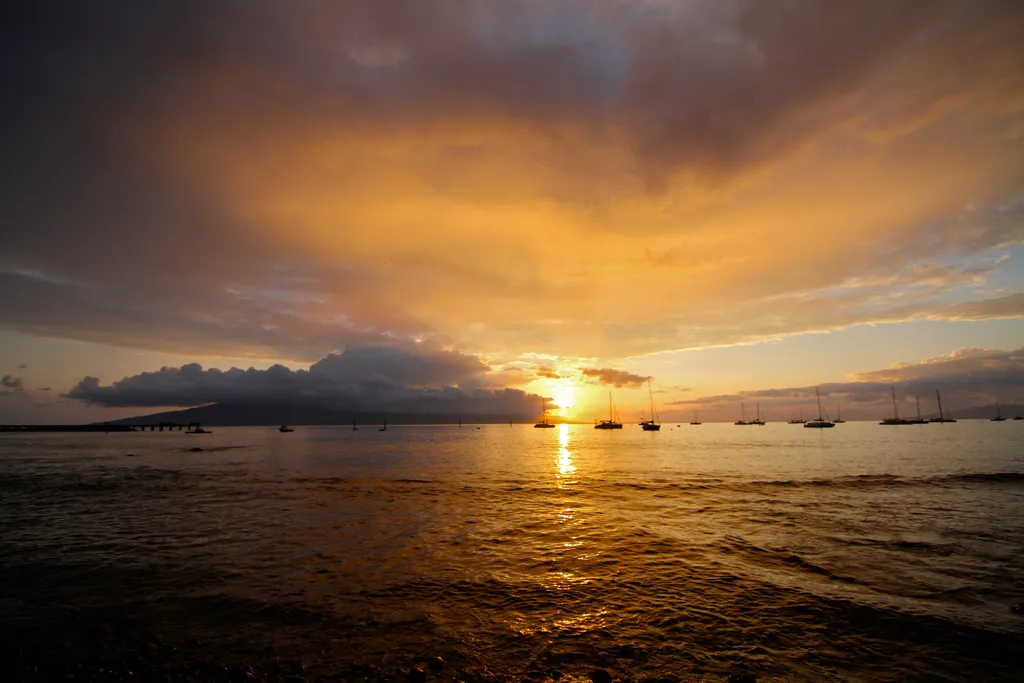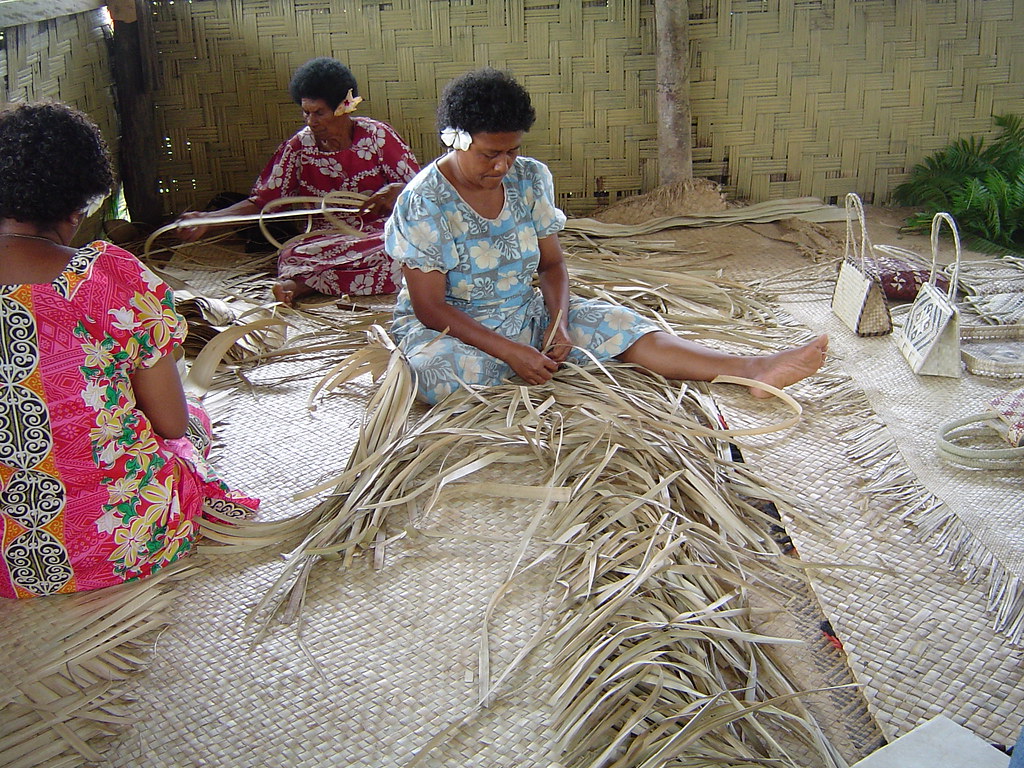nightglow.info – Tucked away in the heart of paradise, Kahoolawe Late Lunch is an unassuming yet extraordinary dining experience that beckons food enthusiasts and travelers alike. This hidden gem offers a unique blend of local flavors, innovative cuisine, and a laid-back ambiance that captures the essence of island life.
The Culinary Journey at Kahoolawe Late Lunch
The menu at Kahoolawe Late Lunch is a testament to the chef’s passion for culinary exploration. Each dish is a harmonious fusion of traditional and contemporary elements, crafted with the freshest ingredients sourced from local farms and markets. From the mouthwatering poke bowls to the creative sandwiches and salads, every bite tells a story of the island’s rich culinary heritage.
A Laid-Back Island Ambiance
Dining at Kahoolawe Late Lunch is like stepping into a tropical oasis. The restaurant’s casual yet inviting atmosphere is the perfect backdrop for a leisurely late lunch. Whether you choose to dine indoors, surrounded by vibrant island decor, or outdoors, under the shade of swaying palm trees, the setting is sure to transport you to a state of relaxation and contentment.
Exceptional Service and Island Hospitality
The staff at Kahoolawe Late Lunch embodies the spirit of Aloha, greeting guests with warm smiles and genuine hospitality. Their attentive service and knowledge of the menu ensure that every visitor has a memorable dining experience. It’s this commitment to excellence that keeps guests coming back for more.
A Perfect Spot for Island Explorers
For those looking to immerse themselves in the local culture and cuisine, Kahoolawe Late Lunch is an ideal destination. It’s a place where you can savor the flavors of the island, enjoy the company of friends and family, and create lasting memories. Whether you’re a local or a visitor, this restaurant offers a slice of paradise that’s hard to find elsewhere.
A Must-Visit for Foodies and Travelers Alike
Kahoolawe Late Lunch is more than just a meal; it’s an experience. It’s a chance to connect with the island’s rich culinary traditions while enjoying the beauty of your surroundings. Whether you’re a seasoned foodie or simply looking for a delightful dining experience, this hidden gem is sure to impress. So, the next time you find yourself in paradise, be sure to indulge in the delights of Kahoolawe Late Lunch—your taste buds will thank you.

